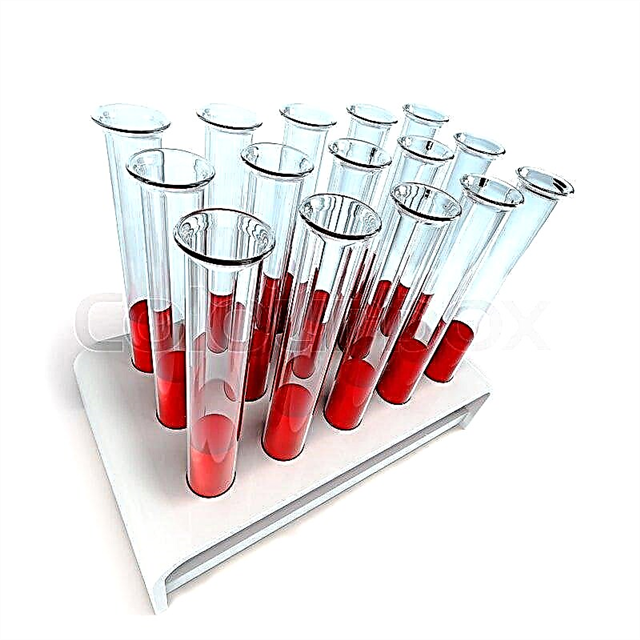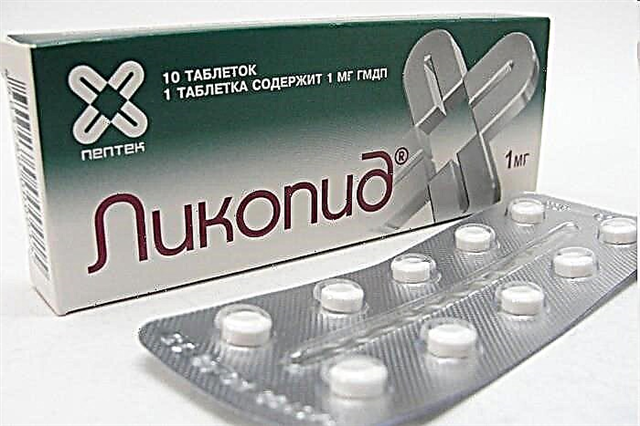
Analgin can be called one of the most popular drugs among the people, taken for pain or fever. Adults most often drink it in tablets, but Analgin is produced especially for children in candles. When should you use such a medicine and in what dosage should it be used?

Release form
Suppositories for children Analgin are represented by white oblong rectal suppositorieswhich can also be creamy or yellow. If the candle is covered with a whitish coating, this is also considered the norm. Such candles are packed in blisters of 5 pieces, and one pack includes 2 blisters.
Composition
The main component of candles is sodium metamizole. It is this compound, which is a pyrazolone derivative, that provides Analgin with a therapeutic effect. It can be contained in one suppository 100 mg or 250 mg. Solid fats are an auxiliary ingredient in this form of Analgin. There are no other chemicals in this medicine.
Operating principle
Analgin in candles refers to anesthetic anti-inflammatory drugs that have a non-steroidal structure. This medication also has an antipyretic effect. The use of suppositories affects the synthesis of substances responsible for the conduction of pain impulses and an increase in temperature. The effect of the drug begins to manifest itself within half an hour after it enters the rectum, and the maximum effect is noted after 2 hours.
Indications
Analgin in the form of suppositories is used:
- With fever provoked by ARVI.
- With infectious diseases.
- For pain caused by various reasons, for example, with renal colic, trauma, toothache, neuralgia, etc.
From what age is it allowed to take?
In the instructions for use, it is noted that Analgin candles should not be used under the age of one year. However, doctors may prescribe this form of medication for younger babies if there is an indication for this. The use of Analgin in pediatrics is allowed from 3 months of age.

Contraindications
The use of analgin suppositories is prohibited:
- With intolerance to their active substance.
- In case of violation of the liver.
- With renal failure.
- With bronchospasm or a tendency to it.
- With anemia, leukopenia or agranulocytosis.
- With a lack of the enzyme glucose-6 phosphate dehydrogenase.
If a child has acute abdominal pain, the use of Analgin before diagnosis can be dangerous, as it will distort the symptoms of the disease.
Side effects
Children's candles with metamizole can provoke an allergic reaction, the manifestations of which are most often a skin rash or urticaria. In some children, the drug can cause anaphylactic shock. The use of Analgin in suppositories is also capable of inhibiting hematopoiesis, which leads to a decrease in the number of leukocytes in the bloodstream (mainly due to granulocytes).
Instructions for use and dosage
After removing the blister pack, the Analgin candle is carefully inserted into the child's rectum, after which the little patient should lie in bed for at least half an hour. Lit is best to administer the drug after an enema or natural bowel movement. It is advisable to check the dosage with a doctor, but often the following recommendations are used in the treatment of children:
- For children under one year old, use is possible only as directed by a doctor in a dosage of 1/2 candle (50 mg of active substance) per day.
- At the age of 1-3 years, 100-200 mg of metamizole sodium is prescribed per day. The child is injected with 1 suppository containing 100 mg of the active ingredient, and after 4-6 hours, repeated use is possible.
- For children 4-7 years old, the daily dose of Analgin is 200-400 mg. The drug can be administered twice by suppository with 100 mg of metamizole (with a pause of 4-6 hours) or once a suppository containing 250 mg of the active compound.
- At the age of 8 years and older, 200-600 mg of the drug is given per day. For such a child, a single dosage will be 1 candle, which contains 250 mg of metamizole. It is administered once a day, but if necessary, 4-6 hours after the first use, the administration of the suppository can be repeated up to 3 times a day.
The duration of treatment with Analgin in suppositories usually does not exceed 2-3 days. If therapy is required to continue, the child must be prescribed a blood test.

Overdose
The use of Analgin in too high a dose can lead to:
- Hypothermia.
- Reducing blood pressure.
- Increased heart rate.
- Shortness of breath.
- Nausea.
- Noise in the ears.
- Weaknesses.
- Abdominal pain.
- Sleepy state.
- Convulsions.
- Feeling of heartbeat.
- Violation of urine flow and other symptoms.
Interaction with other drugs
Analgin is noted for the ability to influence the concentration, toxicity and effectiveness of many medicines, therefore when taking any other medications, it is advisable to consult a doctor and carefully study the instructions. Analgin is not recommended to be combined with treatment with indirect anticoagulants, barbiturates, cyclosporine, hypoglycemic agents, antidepressants, sedatives, diuretics and many other drugs.
Terms of sale
The purchase of Analgin suppositories requires a prescription from a doctor. The average price of a 100 mg suppository package is 30 rubles.
Storage conditions and shelf life
Analgin candles should be kept in their original packaging at temperatures below 25 degrees Celsius in a place where children cannot get them. The shelf life of this form of the drug is 3 years.
Reviews
Both doctors and parents treat the use of Analgin in the treatment of children in different ways. Using it as an antipyretic, many mothers note that the remedy is good for fever and relieves pain. Many pediatricians allow this drug to be treated as a symptomatic remedy. They also confirm the rather high effectiveness of Analgin for pain and fever.
However, there are also negative reviews in which they mention frequent side effects, and many doctors have long abandoned the use of such a drug in childhood, preferring the safer paracetamol or ibuprofen. Also, doctors always focus on the fact that Analgin in candles is intended only for the short-term elimination of symptoms such as pain or fever.


Analogs
Instead of Analgin, the doctor may prescribe other rectal suppositories to the child with a similar therapeutic effect:
- Tsefekon D... Such suppositories with paracetamol are prescribed for children over 1 month old.
- Nurofen... The basis of such suppositories is ibuprofen. The drug is used from 3 months of age.
- Panadol... In these candles, prescribed to babies over 3 months old, the active substance is paracetamol.
- Viburcol... This homeopathic remedy is prescribed for colds from birth.
- Efferalgan... These paracetamol-based suppositories can be used from the age of three months.
- Analdim... These candles contain Analgin with Diphenhydramine. They can be used in children over a year old.



